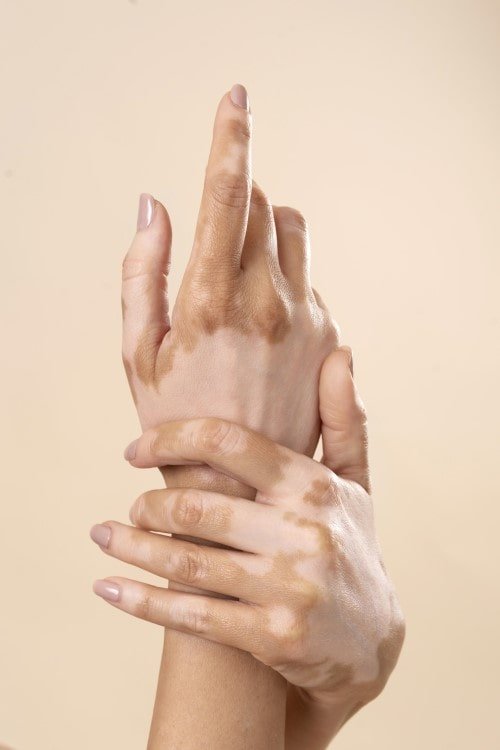
Vitiligo Facts
Vitiligo is a relatively common skin disorder that affects millions of people worldwide. This condition is characterized by the loss of skin pigmentation, resulting in white patches or depigmented areas on the skin. While many are familiar with its visual impact, there are several lesser-known facts about Vitiligo that are worth exploring:
- Affects All Skin Types:
- An Autoimmune Disorder:
- Age of Onset Varies:
- Unpredictable Progression:
- Emotional Impact:
- No Known Cure:
- Vitiligo is Not Contagious:
- Genetic Factors:
- UV Radiation Sensitivity:
- Ongoing Research:
- Supportive Communities:
Vitiligo doesn't discriminate based on skin color. It affects individuals of all races and ethnic backgrounds, although it tends to be more noticeable in people with darker skin.
Researchers believe that Vitiligo is an autoimmune disorder, where the body's immune system mistakenly attacks and destroys melanocytes—the pigment-producing cells in the skin.
Vitiligo can develop at any age, but it most commonly appears before the age of 30. However, cases have been documented in children and older adults.
The progression of Vitiligo is highly unpredictable. Some individuals may experience slow, gradual spreading of white patches over the years, while others may have periods of stability followed by sudden changes.
Beyond its physical effects, Vitiligo can have a significant emotional and psychological impact. The visible nature of the condition can lead to feelings of self-consciousness and decreased self-esteem.
Currently, there is no known cure for Vitiligo. Various treatments are available to manage the condition and promote repigmentation, but results can vary from person to person.
Contrary to common misconceptions, Vitiligo is not contagious. It cannot be spread through physical contact, and it is not caused by an infection.
While the exact cause of Vitiligo remains unclear, genetic factors may play a role. A family history of the condition can increase one's susceptibility.
People with Vitiligo are often more sensitive to UV radiation from sunlight. Protecting the skin from sun exposure through sunscreen and clothing is essential to prevent sunburn on depigmented areas.
Research into Vitiligo continues, with scientists exploring potential treatments and better understanding the underlying causes. Clinical trials and studies are ongoing.
Many support groups and online communities exist for individuals with Vitiligo. These platforms offer a space for sharing experiences, tips, and emotional support.
